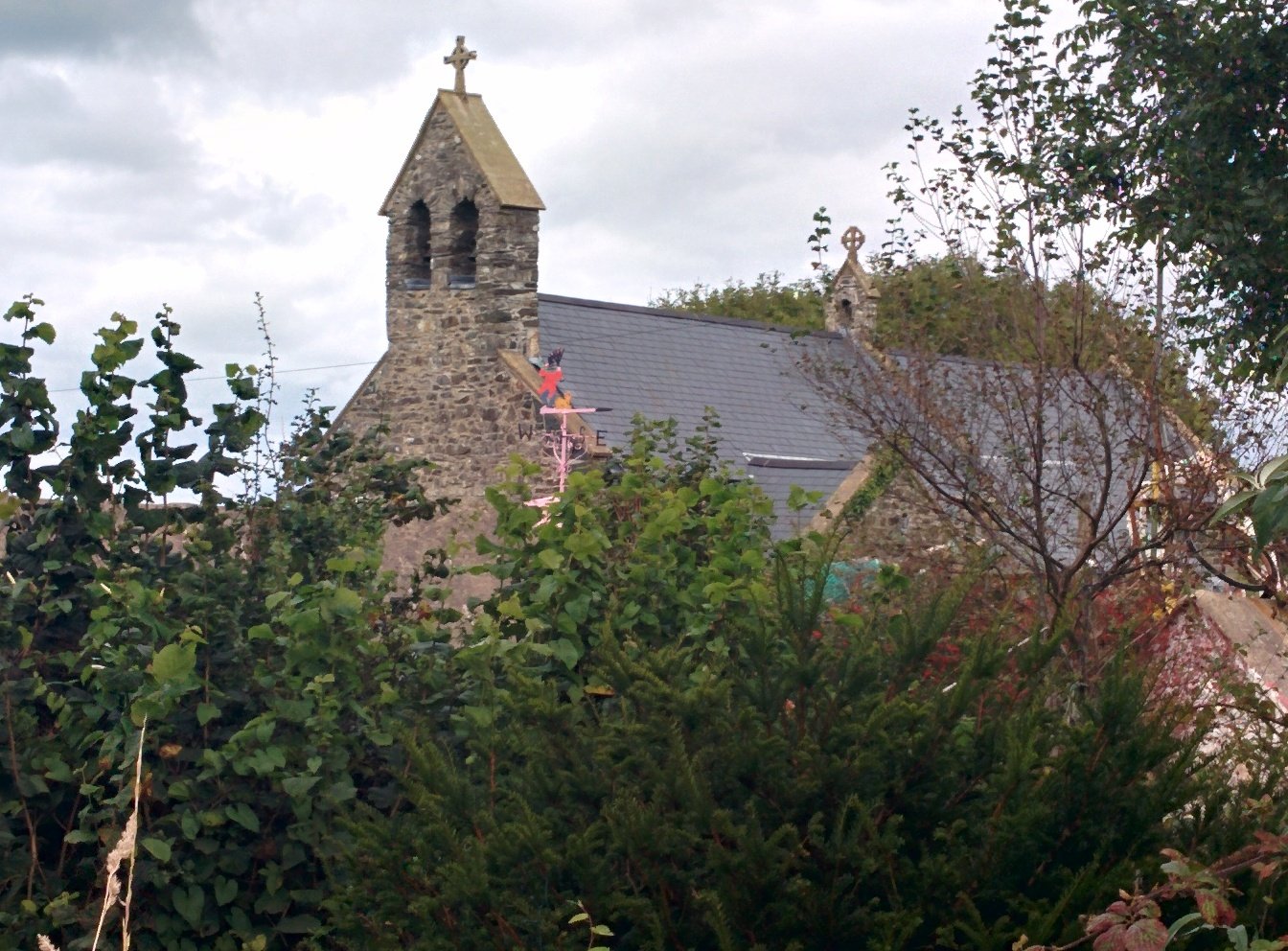Birdwatching on the Isles of Scilly, UK
10/19/15 • Written by Julianne
Watching the field for Little Buntings, a rare migrant from Arctic Russia
Isles of Scilly. On a map they seem so remote and tiny. Only reachable by ferry or air. Clearly a destination worth exploring for those of us who like to poke around in unlikely places. Then, upon poking, I find that it is a major birdwatching destination, especially in October when I will be finishing my time in Britain.
Turned out great. Beautiful scenery, great weather, birds I would never see anywhere else.
I went with a group of birders all British with a bird-specialist travel company: Birdfinders. I recommend them. When we got there, the place was alive with birdwatchers. This place is famous as a safe haven for migrant birds from various points north--Siberia, Scandinavia, Greenland, Canada. Birds fly through or over or are blown in by the wind. Thus, birds that British birders cold never otherwise see. Me, either. Everyone was wearing binoculars, carrying giant scopes and cameras. I felt right at home.
Every day we tromped around the lanes, roads, fields. Many birders were using radios so that sightings of rare birds could be reported.
Upon hearing "three 'little buntings' in fields near lower moors" off we and everyone else would rush.
"Ashy flycatcher on airport runway" and off we would go. "Red-flanked bluetail on Bryher Island"--folks were planning for the next ferry.
We saw them all as well as meadow pipits, chaffinches, fieldfares, gulls, waders. One day was a pelagic trip out to the far reefs to find seabirds like skua, storm-petrel, puffins, gannets.
A great week.
Birds
Fieldfare
My favorite bird, the Fieldfare migrates through this area on its way from Arctic Europe to Spain and N. Africa. Later, populations from Arctic Russia will migrate in to Britain and Ireland to stay for the winter. They eat all the holly and hawthorn berries. Quite a few were seen during the week and it was not something anyone rushed off to find-it is a common winter bird in U.K. But I would never have any other chance to see it as it does not enter North America. And I am so happy to see it in the excellent scopes of my fellow birders.
Red-flanked bluetail
One of the very rare birds--even written up in the London newspaper The Guardian--is the red-flanked bluetail. It is not abundant in the world and only one or two are seen in Britain in a year. Maybe none. They nest in the area of Finland near the Russian border and usually migrate through the Himalayas to China for winter. It does seem, from the range map that they are spotted in Britain and Northern Europe with enough regularity to show up on the maps but do not seem to winter here.
I have been totally unaware of this bird until now. It was quite an experience waiting for about an hour with fifty birders for one bird. But it did begin hopping around the hedges and sat out on a branch for me and others to get a good look.
Every night birders gather in the Scillonian Club bar for the bird log. Such rarities as the bluetail are called out with glee and exact location described. People are very careful to respect private property and it appears that most of the farmers are gracious about granting permission to go on their property to view the bird. The farmer where the bluetail was seen grows daffodil bulbs in the field where the bird was seen. We were all careful to stay on the road; he held back on some of his farm activities for a couple of days so that the birders could see the bluetail.
Getting around
The Isles of Scilly is a charming area. Five major and many minor islands make up the Scilly archipelago which has been a major shipping and shipwreck location for centuries. To my delight, we went by ferry from island to island, then walked everywhere on land. I can't believe how many miles I logged in honor of finding birds, even though I skipped some.
Every boat has a dog. This little guy is on the ferry to Bryher Island and wanders the boat at will. The red harness is a flotation device.
Daily life
A meeting point in town is the "Bishop and Wolf" pub--we ate there one evening. Who thinks of these names? Turns out that "Bishop" and "Wolf" are the lighthouses farthest east and west of the Scillies. Makes sense after all but it took me days to find out.
Food was so English. Hearty fare. I did find lemon meringue pie one night for desert. Northern Ireland has this pie beat but this is the only actual lemon pie I have found anywhere.
Standard pub fare in Britain includes lasagna. Since I became something of an aficionado of lasagna in Italy, I gave this a try. Not like Italy but good hearty pub food after walking miles to find birds.
We stayed in the Mincarlo Guest House--the tall grey building--at the north end of the main strand.
The harbor and quay from our terrace. All the ferries depart from the quay which is based on the 17th C. defenses.
Bird photos are from Royal Society for Protection of Birds or National Audubon Society. We will get a CD of the actual birds we saw and I will see if I can put them up here. But it will be awhile.
Other photos--mine.









